Paid Attention: Innovative Advertising for a Digital World
£2.80
As ever, the onus is on brands to find compelling ways to earn the attention of the consumer. Yet content scarcity has given way to overload, fixed channels have dissolved into fluid networks, and audiences have become participants in consumer-driven conversations. This shift requires a new course of action for brands; it demands new marketing imperatives. Paid Attention is a guide to modern advertising ideas: what they are, why they are evolving and how to have them. Spanning communication theory, neuroscience, creativity and innovation, media history, branding and emerging technologies, it explores the strategic creation process and how to package ideas to attract the most attention in the advertising industry.
Packed with real-world examples of advertising campaigns for companies including Sony, Red Bull, HP and many more, Paid Attention provides a robust model for influencing human behaviour. Referencing a wide body of theory and praxis, from behavioural economics and sociology to technology and even science fiction, Faris Yakob maps advertising onto a wider analysis of culture. Containing practical advertising and branding templates, including a new advertising planning toolkit, it is ideal for students and practitioners looking to get noticed in today’s cluttered marketplace. Online resources include additional toolkits with advice, techniques and best practice on brand behaviour, new ideas and effective communication.
Read more
Additional information
| Publisher | 1st edition (3 April 2015), Kogan page |
|---|---|
| Language | English |
| Paperback | 216 pages |
| ISBN-10 | 9780749473600 |
| ISBN-13 | 978-0749473600 |
| Dimensions | 15.6 x 1.2 x 23.5 cm |

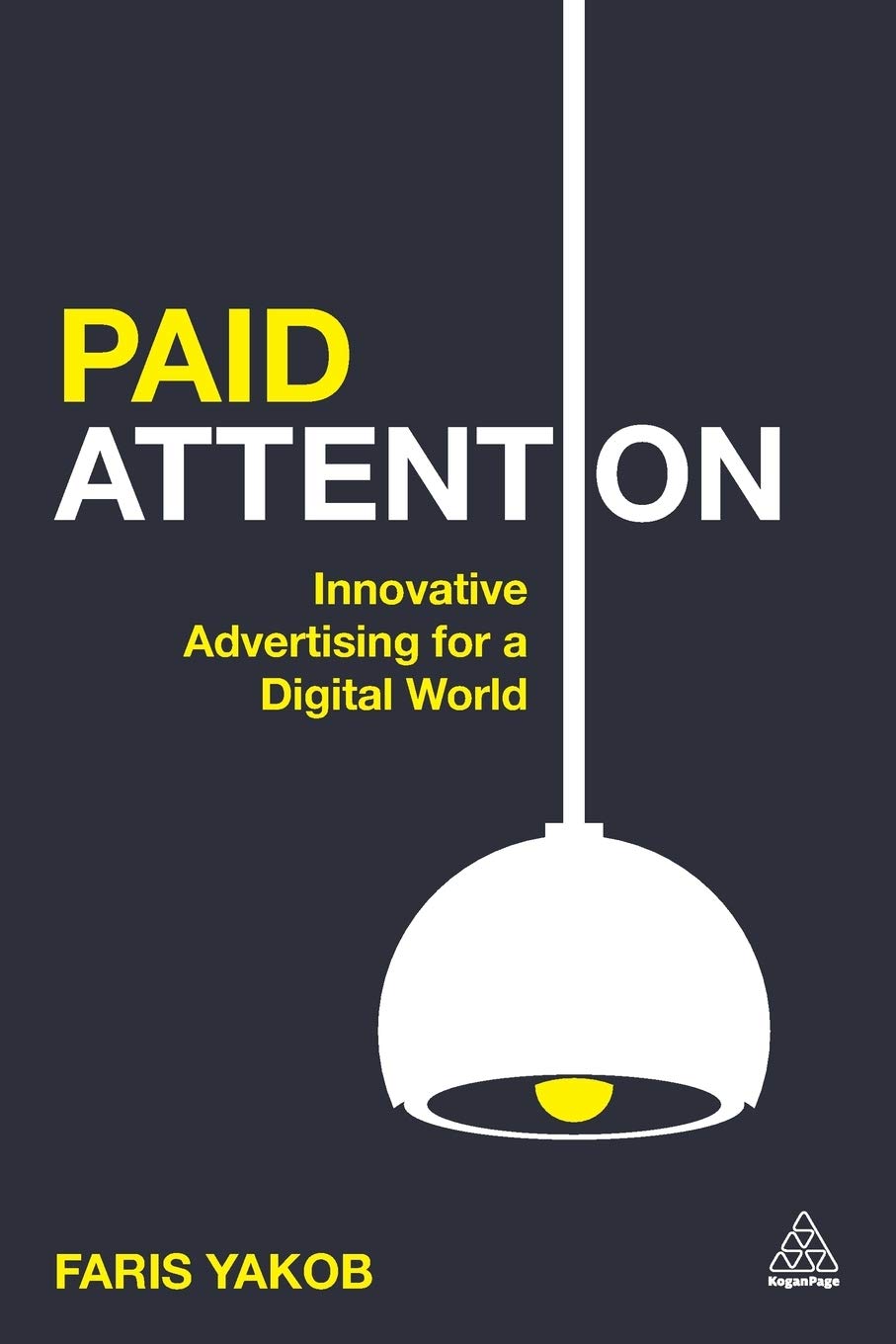

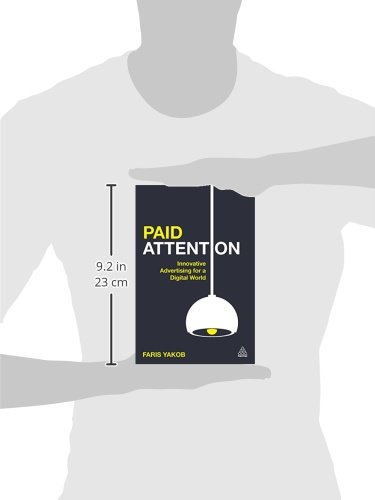
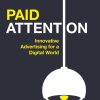


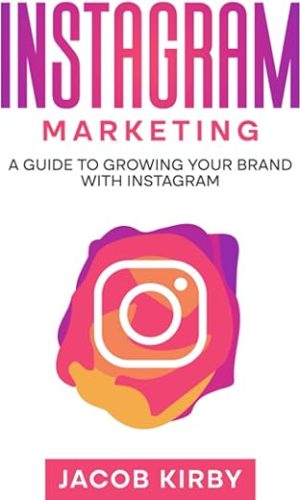
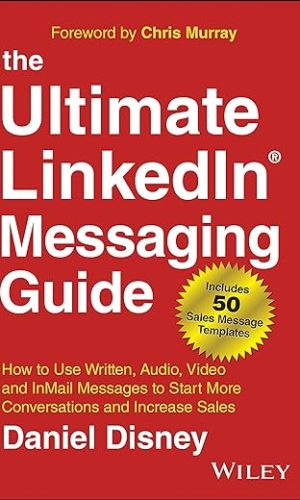
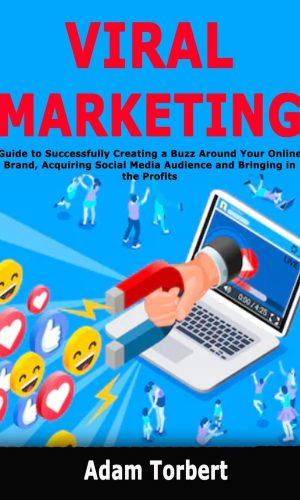

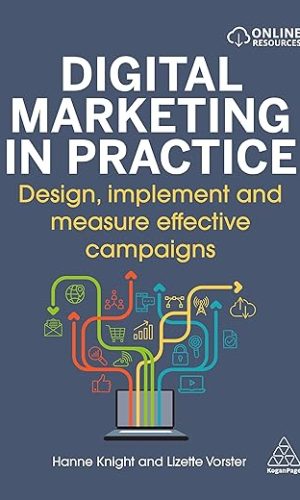
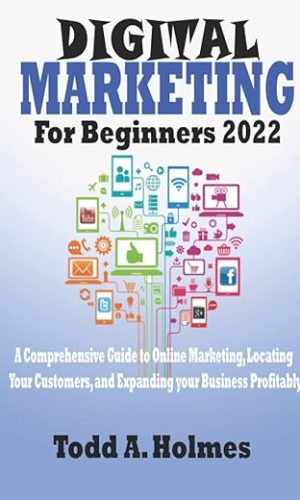
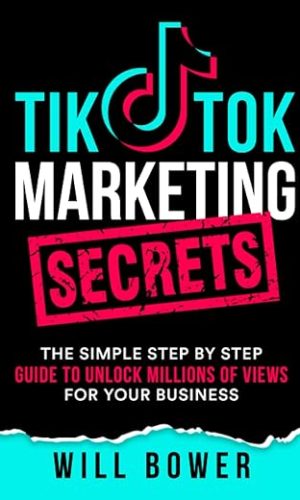
by Stuart Wilson
So relevant
by Amazon Customer
The author is so gifted for the way he writes, clear, concise and well researched. This book is a joy to read if you’re interested in marketing, branding, advertising and in-between.
by Lee Barber
Just finished Paid Attention. It’s like tumbling down the hillside of advertising in a barrel full of ideas. Exhilarating. Top stuff.
by Ron Immink
Through my blog about “Attention Merchants”, I came in contact with Faris Yakob. A cool dude with a background in advertising. A bit of a thinker too.
Paid attention, innovative advertising for a digital world
He wrote a cracking book called “Paid attention, innovative advertising for a digital world”. It has everything. How can you not like a book that quotes from Douglas Adams, Neil Stephenson, Shirky, Peters, Klein, Gladwell, Pine, the Simpsons, the Heath brother, Godin, Toffler and many others?
Attention economy
I have heard the phrase “attention economy” a few times now in the last few weeks. The spend on advertising (the word advertising is derived from the Latin “advetere”, which means to draw attention to something) is $142.5 billion in the United States alone and $467 billion globally.
Definition
Attention is the taking possession by the mind, in clear and vivid form, of one out of what seem several simultaneously possible objects or trains of thought. Focalization, concentration, of consciousness, are of its essence. It implies withdrawal from some things in order to deal effectively with others.
When you attend to something, it is as if your mind aims a spotlight onto it. You actively ignore virtually everything else that is happening around your spotlight, giving you a kind of tunnel vision.
Attention is like water
The problem with attention that it is like water. It flows. It’s liquid. You create channels to divert it, and you hope that it flows the right way. Content is now abundant. Human attention becomes more valuable and finite. Attention is the rarest and purest form of generosity.
In a world where everyone is suffering from ADD, that is difficult for marketeers.
Neuroscience
Marketeers are not only struggling with attention deficit. They are also struggling with an increasing realisation that our unconscious mind rules our behaviour. Making market research obsolete. In the USA alone, that is 11 billion in market research money wasted.
It makes sense. In a world of content overload, the human brain creates filters and shortcuts to cope. That is why the brain invented the amygdala. If you have to think about fight or flight, it is already too late.
In that context, brands make a lot of sense. Brands are shortcuts for the brain. They are the modern day version of Proverbs, a version of language and cultural carriers of meaning and emotion. Emotion is the key. Emotion is the message board of the brain filter. Feeling towards a buying decision.
Emotion sells
As with “The science of selling”. Rational messaging seems to have little impact when changing behaviour, and that emotional response, regardless of how it is generated, is what does. The most effective advertisements of all are those with little or no rational content. Targeting stage 1 thinking in Kahneman “Thinking Fast and Slow.”
Flavour of the book
It is hard to give you a sense of the book. Has touches of “Metaskills” (feeling), Marketing 3.0 (staff as the carrier of the brand), “Difference” (managing choice), talks about AIDA (I am a huge fan of AIDA), “social customer service”, Brian Solis (conversation prism and UMoT), lot of neuroscience and “The impact equation”.
14.5 billion digital adds
The total number of digital advertisements served (sent from a server to a web page being viewed) was 5.3 trillion in 2013 in the United States alone. That is about 14.5 billion digital ads every day. As the marketplace for advertising gets increasingly more cluttered, it becomes increasingly difficult to interrupt the consumer.’
about 1 in 5 of all web users now use ad-blocking software.
36% of all Web traffic is considered fake, the product of computers hijacked by viruses and programmed to visit sites.
31% f online ads are unseen because they cannot be seen – they are placed in areas of the site that users cannot see.
Conclusion
I am not sure what the conclusion is, apart from understanding that as a marketeer you need to understand neuroscience, content, emotion, branding and channel to a very high degree and the competition to get our intention is increasing.
As with selling manipulation, I am expecting and predicting an arms race between mindfulness and marketing manipulation. I don’t think manipulation will work anymore.
Brands as behavioural templates. UMoT will be the metric, driven by authenticity. Kotler was right (he wrote Marketing 3.0 in 2010). Time to do some BITSing.
by Mr. G. Richardson
A holiday read and now being put to good use at work. Faris has been one of the ad folk that i’ve followed through my career for a weekly dose of inspiration from his blog ‘Talent Imitates, Genius Steals’. I found the book a really good reminder of just where the advertising and marketing industries have come from, got to currently and the role of digital within the business of our clients and lives of our customers. As an agency suit with a direct marketing and brand background i found the book helped open a few new avenues of thought around how pervasive ‘digital’ is for customers, not just as a channel but as platforms, utilities and experiences.
Now scolded myself for saying before, “well its just another channel”. Paid Attention broadened a few previously held views but also provided well researched opinion that set off some wider reading. Always the measure of a good book for me, the inspiration to read more widely around the subject and get a richer insight on the views inside.
Great book Faris, highly recommend it for students wanting to understand the industry they’re entering, or marketing bods wanting to learn a little about the workings and potential of digital advertising and marketing.
by Alexc
I’ve read, re-read and taken many notes from this book – it’s been a rarity since I’ve come across something with valuable insight and ideas on pretty much every page. I’d recommend it to anyone at an agency or brand that wants some ideas on how they need to adapt their businesses to stay relevant.
by Amazon Customer
Have been dipping in and out of this book ever since I bought it. Some refreshingly direct and frank thoughts and insights, but there is a tendency to shoot off in all sorts of different directions, making it difficult at times to follow the train of thought. The first chapter, Logocentrism, is a perfect example of this. Some great little nuggets on brands, but it jumps all over the place, making the reader work very hard to understand the links between the series of points being made. It’s still a really good read, but with some better (stricter?) editing, it could have been excellent. Oh, and the jacket’s brilliant.
by T. H. Woodnutt
This is the best book on brands and indeed business that I’ve ever read (and I’ve read a fair few).
What makes it unique is that Faris has bothered to go into great depth in deconstructing the relationship between brands, culture and media. Not only through a rigorous analysis of the psychology behind successful brands but also through the philosophy of it. This puts it on a higher plane than any other book of its ilk. For this reason I see it more for practitioners of brand building and student of culture. It’s an intellectual challenge rather than an introduction to the industry. Unlike other books in this category, each chapter brings something new. It’s not a rehash of the same idea from a million angles.
Over time I think (and hope) this will be as influential as the works of Kotler, and books like Eat the Big Fish, The Cluetrain Manifesto and The Tipping Point….
If every ad exec and client read this book and acted on it, the world of advertising would certainly be creating more value for people. . .